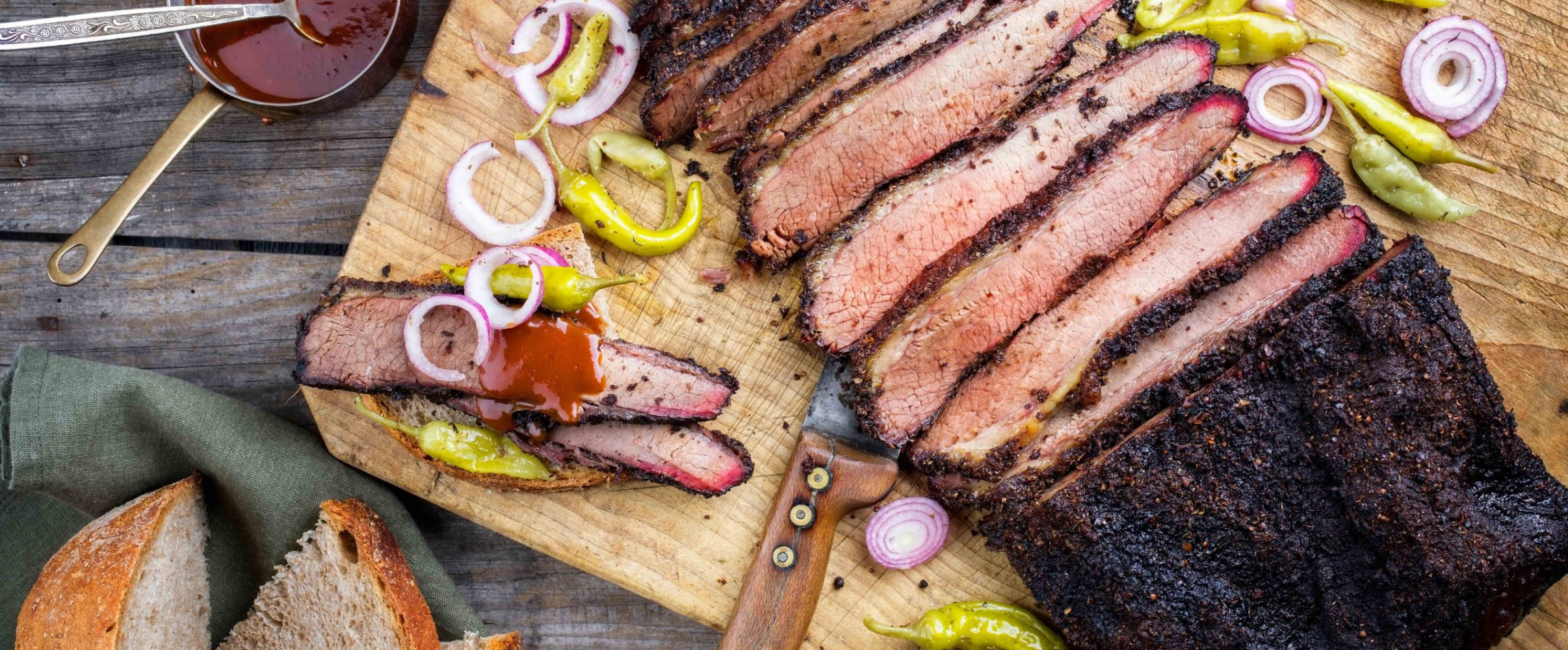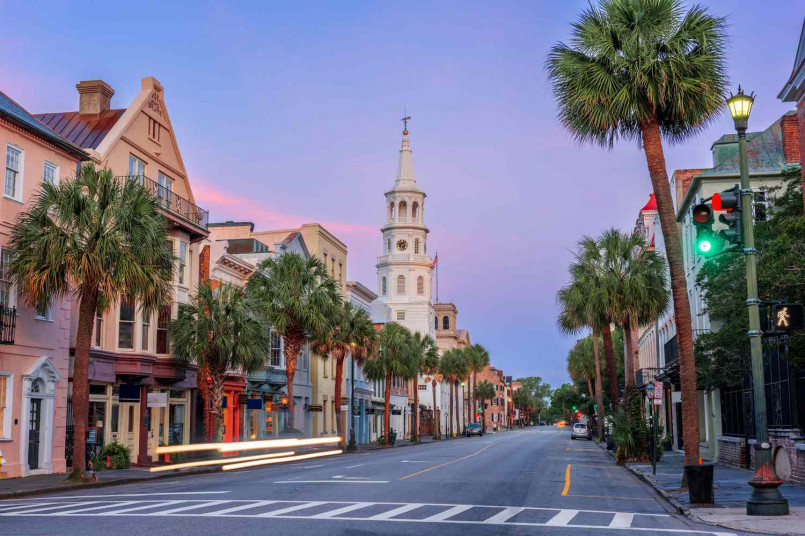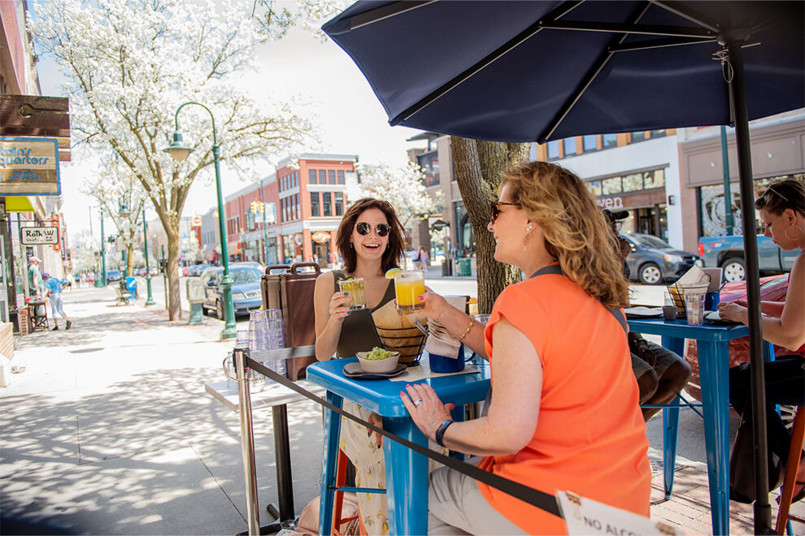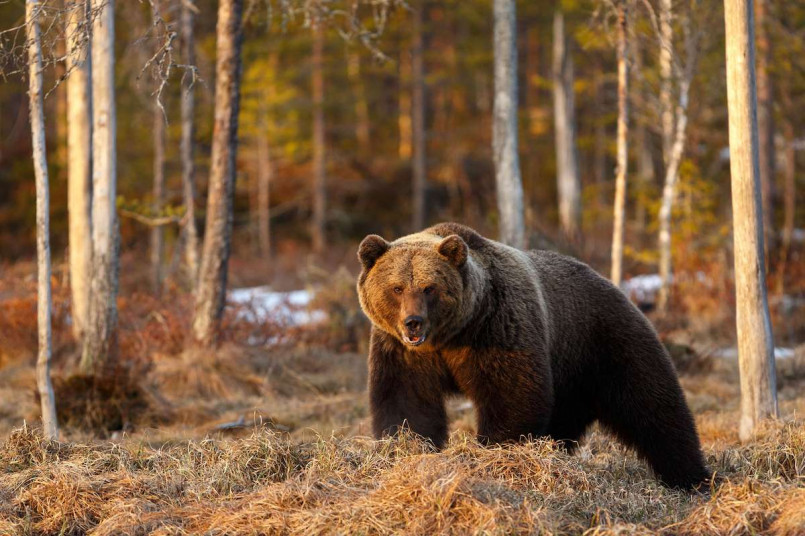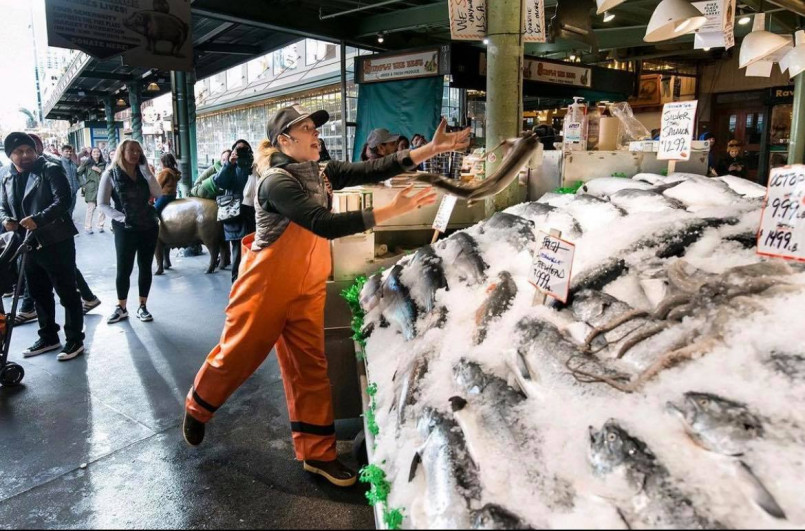American barbecue is a culinary tradition defined by regional styles, time-honored techniques, and passionate debate. From Texas brisket to Carolina whole hog, this guide takes you through the smoky landscape of America's most celebrated barbecue destinations.
American barbecue represents more than just a cooking method-it's a cultural institution with deep regional roots and fiercely defended traditions. From the beef-centric temples of Texas to the vinegar-doused pork of North Carolina, barbecue in America tells a story of history, migration, and culinary innovation.
The best barbecue joints often share common traits: dedication to low-and-slow cooking , respect for tradition while embracing innovation, and an almost religious devotion to quality. This guide will take you through America's most celebrated barbecue regions and the standout establishments that define them.
Texas Barbecue Country
Texas barbecue is characterized by its beef-forward approach , with brisket reigning supreme as the state's signature cut. Central Texas style-influenced by German and Czech meat markets-emphasizes simplicity: salt and pepper rub, post oak smoke, and meat served sans sauce.
Franklin Barbecue in Austin represents the pinnacle of Texas brisket. Pitmaster Aaron Franklin's meticulous approach has earned him a James Beard Award and daily lines that form hours before opening. The moist brisket with its perfect bark and telltale smoke ring has become the standard against which others are measured.
In Lockhart, the "Barbecue Capital of Texas," make time for Kreuz Market , Smitty's Market , and Black's Barbecue —three historic establishments where tradition remains paramount. At these joints, brisket is typically served on butcher paper with no forks and no sauce.
Snow's BBQ in Lexington, where octogenarian pitmaster Tootsie Tomanetz begins smoking meat at 2 a.m., proves that exceptional barbecue can be found in unexpected places. Open only on Saturdays, Snow's represents the pilgrimage-worthy experience that defines great barbecue culture.
Carolina Barbecue Trail
Carolina barbecue is divided into distinctive regional styles. Eastern North Carolina tradition involves whole hog cooking with a thin, vinegar-pepper sauce. The Piedmont or Lexington-style focuses on pork shoulders with a vinegar sauce that incorporates tomato. South Carolina adds another variation with its mustard-based sauce , particularly in the Midlands region.
Skylight Inn in Ayden, NC stands as a monument to Eastern Carolina whole hog tradition. Their chopped pork-mixed with crispy skin-is served with cornbread and slaw, embodying an approach that's remained largely unchanged since 1947.
Rodney Scott's Whole Hog BBQ in Charleston brings South Carolina's Pee Dee-style barbecue to the spotlight. Scott, a James Beard winner, cooks whole hogs over hardwood coals and dresses the meat with a vinegar-pepper mop sauce that balances heat, tang, and subtle sweetness.
Lexington Barbecue (known locally as "The Monk") defines Piedmont-style barbecue with pork shoulders smoked over oak and hickory, then chopped or sliced and dressed with the region's signature red sauce.
Kansas City BBQ Scene
Kansas City barbecue embraces diversity, cooking nearly every meat and developing the thick, sweet tomato-based sauce that many Americans now associate with barbecue. The city's barbecue scene reflects its historic role as a meatpacking hub and livestock center.
Arthur Bryant's , a Kansas City institution since the 1920s, serves its legendary smoke-infused meats with a distinctive vinegar-based sauce. The burnt ends-twice-smoked brisket points-are a Kansas City innovation that has become a barbecue delicacy nationwide.
Joe's Kansas City Bar-B-Que (originally Oklahoma Joe's) operates from a gas station building and regularly ranks among America's best restaurants of any kind. Their Z-Man sandwich -brisket, smoked provolone, and onion rings on a kaiser roll-has achieved cult status.
Gates Bar-B-Q provides a different experience with its signature greeting ("Hi, may I help you?") and distinctive sauce, while Jack Stack Barbecue offers a more upscale barbecue dining experience with standout lamb ribs and crown prime beef short ribs.
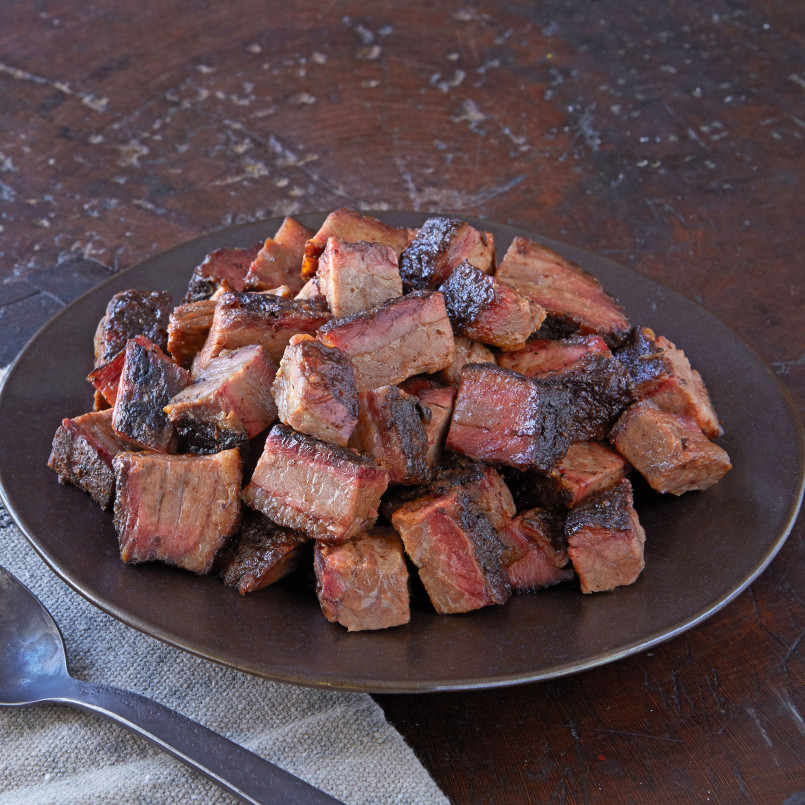
Memphis-Style Barbecue
Memphis centers its barbecue identity around pork ribs prepared two ways: "wet" (basted with sauce before, during, and after cooking) and "dry" (seasoned with a complex spice rub). The city also excels at pulled pork sandwiches topped with coleslaw.
Charlie Vergos' Rendezvous is famous for its "dry" ribs, seasoned with a secret spice blend before being charcoal-grilled in their downtown basement location. Though purists debate whether this quicker cooking method qualifies as traditional barbecue, the flavors are undeniably distinctive.
Central BBQ, with multiple locations throughout Memphis, exemplifies the city's approach to slow-smoked pork . Their ribs-available wet or dry-and pulled pork sandwiches with slaw represent Memphis barbecue at its finest.
Payne's Bar-B-Q showcases another Memphis specialty: the pulled pork sandwich with mustard slaw. The combination of smoky pork, tangy-sweet sauce, and the crunch of distinctive yellow slaw creates a perfect flavor balance .
Alabama White Sauce Territory
Northern Alabama's distinctive contribution to barbecue is the white sauce -a tangy mixture of mayonnaise, vinegar, and black pepper that pairs perfectly with chicken but works wonderfully on other meats too.
Big Bob Gibson Bar-B-Q in Decatur created this unique sauce in 1925. Their smoked chicken, dunked in white sauce immediately after coming off the pit, demonstrates how a regional specialty can define a barbecue identity. The restaurant's pitmaster, Chris Lilly , has helped spread this style nationally through championship barbecue competitions.
SAW's BBQ in Birmingham offers its own interpretation of Alabama barbecue. Their smoked chicken with white sauce is exceptional, but don't miss the pork-and-greens-pulled pork atop a bed of collard greens and grits, crowned with crispy onion rings.
St. Louis BBQ Specialties
St. Louis barbecue is known for pork steaks (sliced pork shoulder), crispy snoots (pig's nose and cheek), and the city's namesake cut of spare ribs trimmed to a rectangular shape. The sauce tends to be thinner and tangier than Kansas City's style, often with a distinctive hit of apple cider vinegar.
Pappy's Smokehouse represents new-school St. Louis barbecue excellence with Memphis-influenced dry-rubbed ribs smoked over apple and cherry wood. Their burnt ends and turkey are also exceptional, demonstrating that regional styles continue to cross-pollinate.
For more traditional St. Louis specialties, C&K Barbecue serves exemplary snoots-crispy and chewy simultaneously-while Smoki O's offers outstanding pork steaks, demonstrating how St. Louis makes distinctive use of affordable cuts.
Kentucky Mutton Country
Western Kentucky, particularly Owensboro, maintains a unique barbecue tradition centered on mutton (mature sheep). This style reflects the region's history of wool production and the need to make tough meat palatable through long smoking.
Moonlite Bar-B-Q Inn serves as the ambassador for this distinctive style. Their mutton is chopped or sliced and served with a Worcestershire-based "dip" that cuts through the meat's richness. The restaurant's barbecue buffet offers an opportunity to sample multiple regional specialties.
Old Hickory Bar-B-Q provides another authentic mutton experience, while Owensboro's International Bar-B-Q Festival in May celebrates this regional delicacy with cooking competitions and massive public feasts.
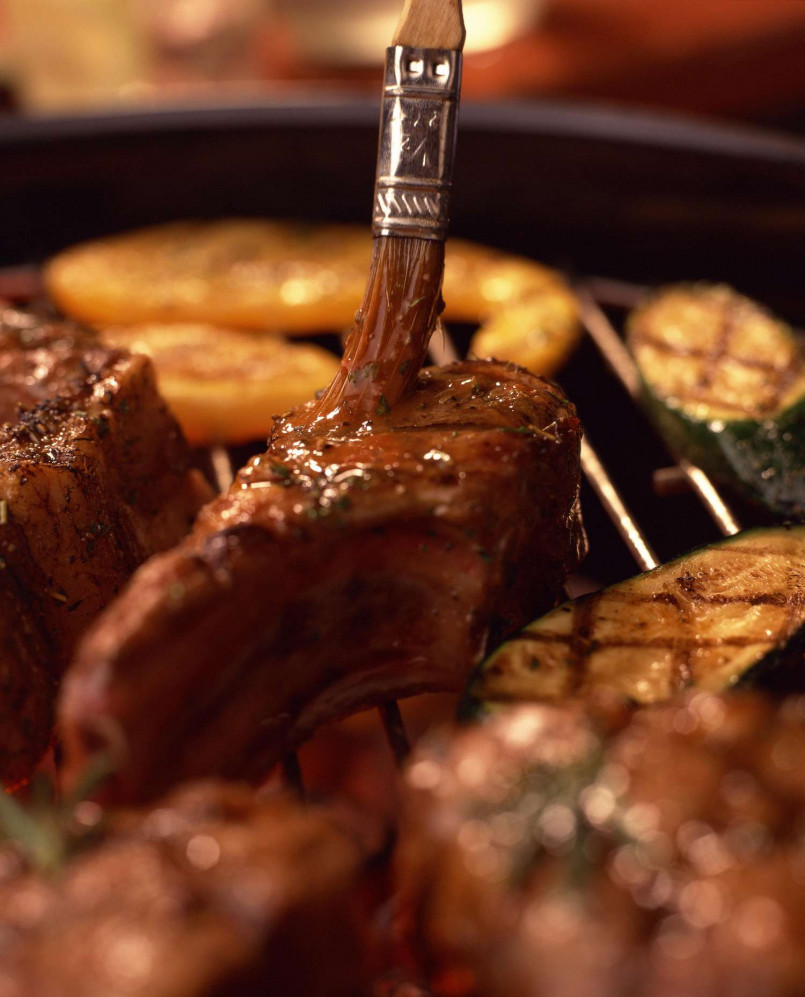
New School Barbecue Destinations
The 21st century has seen barbecue expand beyond traditional territories, with exceptional pitmasters bringing regional styles to new locations while developing distinctive approaches.
Hometown Bar-B-Que in Brooklyn represents this evolution, with pitmaster Billy Durney combining Texas techniques with global influences . His brisket honors Central Texas traditions, while offerings like Vietnamese hot wings and lamb belly banh mi showcase barbecue's adaptability.
Lewis Barbecue in Charleston brings authentic Texas barbecue to South Carolina through pitmaster John Lewis, formerly of Austin's La Barbecue. His massive custom-built smokers produce exceptional brisket in a region traditionally dominated by pork.
Loro in Austin, a collaboration between Aaron Franklin and chef Tyson Cole, demonstrates how barbecue can merge with Asian culinary traditions . Their bavette with coconut rice and oak-smoked salmon with cucumber-yuzu broth point toward barbecue's continued evolution.
Planning Your Barbecue Pilgrimage
Serious barbecue enthusiasts should consider these tips when planning a barbecue road trip:
First, research operating hours carefully . Many top barbecue joints operate limited hours and close when sold out-often by early afternoon. Snow's BBQ, for example, is only open on Saturday mornings.
Second, be prepared to wait. Lines at establishments like Franklin Barbecue can stretch for hours. Bring a chair, water, and perhaps some beer (where permitted) to make the wait enjoyable.
Third, plan a regional focus rather than trying to cover too much territory. A deep dive into Central Texas or the Carolina Piedmont will prove more satisfying than attempting to hit every barbecue region in one trip.
Finally, engage with pitmasters and staff when appropriate. Many take tremendous pride in their craft and appreciate genuine interest-though respect busy service times when lines are long.
America's barbecue landscape continues to evolve while honoring deep traditions. Whether you're drawn to the simplicity of Texas brisket, the complex flavors of Carolina whole hog, or innovative approaches in unexpected locations, the pursuit of great barbecue rewards both the palate and the spirit of culinary adventure.
Frequently Asked Questions About 15 Must-Visit Barbecue Destinations Across America
What's the difference between barbecue and grilling?
Barbecue involves cooking meat slowly (usually 225-275°F) over indirect heat with smoke from wood or charcoal for hours, sometimes all day. Grilling cooks food quickly (usually above 400°F) over direct heat. True barbecue transforms tough cuts into tender meat through low-and-slow cooking, while grilling works best for naturally tender cuts that cook quickly.
Which wood produces the best smoke for barbecue?
Different regions favor different woods: post oak dominates in Central Texas, hickory in much of the South, apple and cherry in parts of the Midwest. Oak provides balanced, medium-strength smoke; hickory delivers strong, bacon-like flavor; fruit woods offer milder, sweet smoke. The best choice depends on the meat and regional style you're aiming for.
When is barbecue season?
Professional barbecue restaurants operate year-round, though some traditional joints in smaller towns might close during winter months. Barbecue festivals typically run from spring through fall, with May through September being peak season. The best time to visit popular destinations is weekdays during shoulder seasons (April-May or September-October) when lines are shorter but weather remains pleasant.
How early should I arrive at famous barbecue restaurants?
For extremely popular places like Franklin Barbecue in Austin, people begin lining up around 6-7am for an 11am opening. Less famous but still excellent establishments might require a 30-minute wait during peak times. Many top barbecue joints sell out of their most popular items (especially brisket) by early afternoon, so earlier is always better.
Is Texas barbecue really better than other regional styles?
Each regional style has distinct merits rather than one being objectively "better." Texas excels with beef, particularly brisket, while the Carolinas have perfected pork preparation. The "best" barbecue depends on personal preference for meat type, smoke intensity, sauce style, and even texture. True barbecue enthusiasts appreciate regional differences rather than declaring one style superior.
What should I order at a barbecue restaurant if I want to try something authentic?
Order the regional specialty: brisket in Texas, pulled pork in the Carolinas, ribs in Memphis, burnt ends in Kansas City, mutton in western Kentucky. If visiting a specific restaurant known for a signature item (like the Z-Man sandwich at Joe's Kansas City), don't miss that speciality. When possible, order a combination plate to sample multiple meats and sides.
